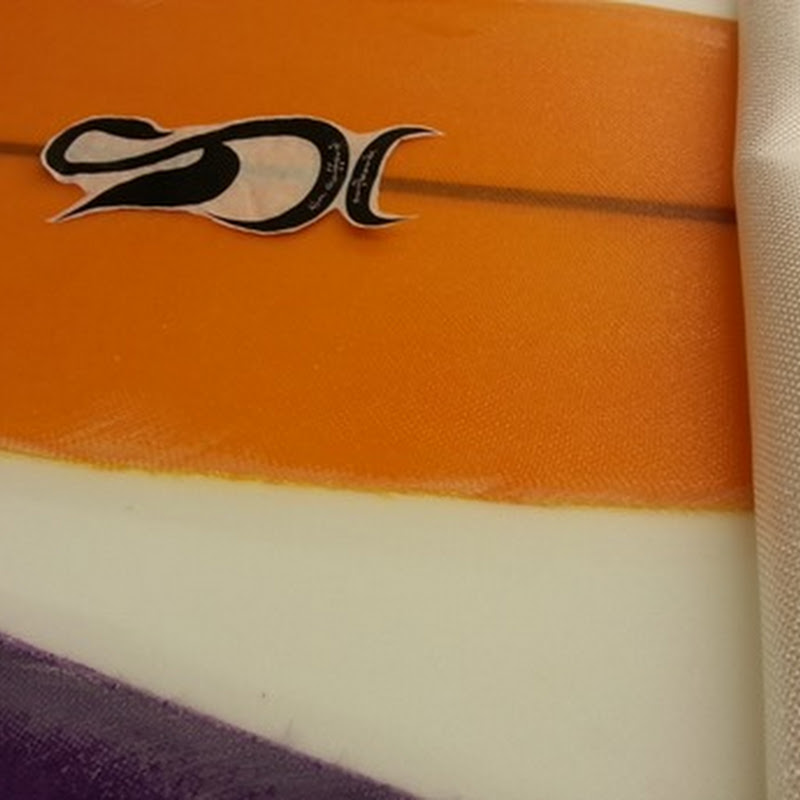
Some key points of the design and construction:
• Dug into hillside for low visual impact and shelter
• Stone and mud from diggings used for retaining walls, foundations etc.
• Frame of oak thinnings (spare wood) from surrounding woodland
• Reciprocal roof rafters are structurally and aesthaetically fantastic and very easy to do
• Straw bales in floor, walls and roof for super-insulation and easy building
• Plastic sheet and mud/turf roof for low impact and ease
• Lime plaster on walls is breathable and low energy to manufacture (compared to cement)
• Reclaimed (scrap) wood for floors and fittings
• Anything you could possibly want is in a rubbish pile somewhere
(windows, burner, plumbing, wiring...)
• Woodburner for heating - renewable and locally plentiful
• Flue goes through big stone/plaster lump to retain and slowly release heat
• Fridge is cooled by air coming underground through foundations
• Skylight in roof lets in natural feeling light
• Solar panels for lighting, music and computing
• Water by gravity from nearby spring
• Compost toilet
• Roof water collects in pond for garden etc.

Main tools used: chainsaw, hammer and 1 inch chisel, little else really. Oh and by the way I am not a builder or carpenter, my experience is only having a go at one similar house 2yrs before and a bit of mucking around inbetween. This kind of building is accessible to anyone. My main relevant skills were being able bodied, having self belief and perseverence and a mate or two to give a lift now and again.
This building is one part of a low-impact or permaculture approach to life. This sort of life is about living in harmony with both the natural world and ourselves, doing things simply and using appropriate levels of technology. These sort of low cost, natural buildings have a place not only in their own sustainability, but also in their potential to provide affordable housing which allows people access to land and the opportunity to lead more simple, sustainable lives. For example this house was made to house our family whilst we worked in the woodland surrounding the house doing ecological woodland management and setting up a forest garden, things that would have been impossible had we had to pay a regular rent or mortgage. To read more about why we did it and why this is an important option to meet the challenges of climate change and peak oil, click here.
Would you like to learn more about this sort of building and gain practical experience? Why not join us on another exciting building project. There will be opportunities for everyone of all abilities and areas of interest. Click here for more details.


http://www.simondale.net/house/index.htm













0 comments:
Post a Comment